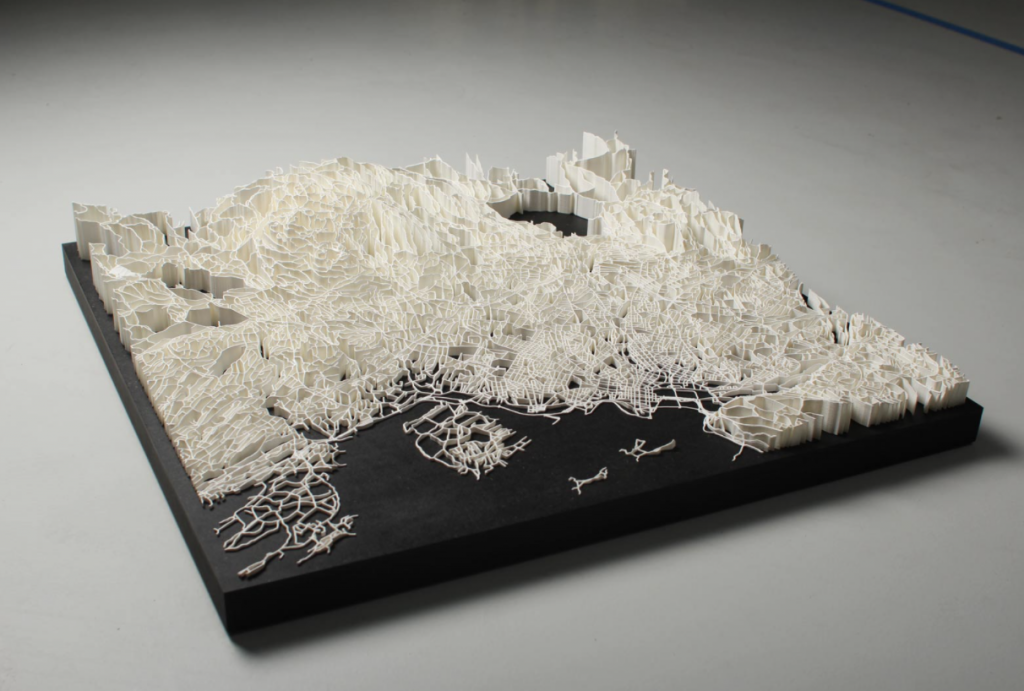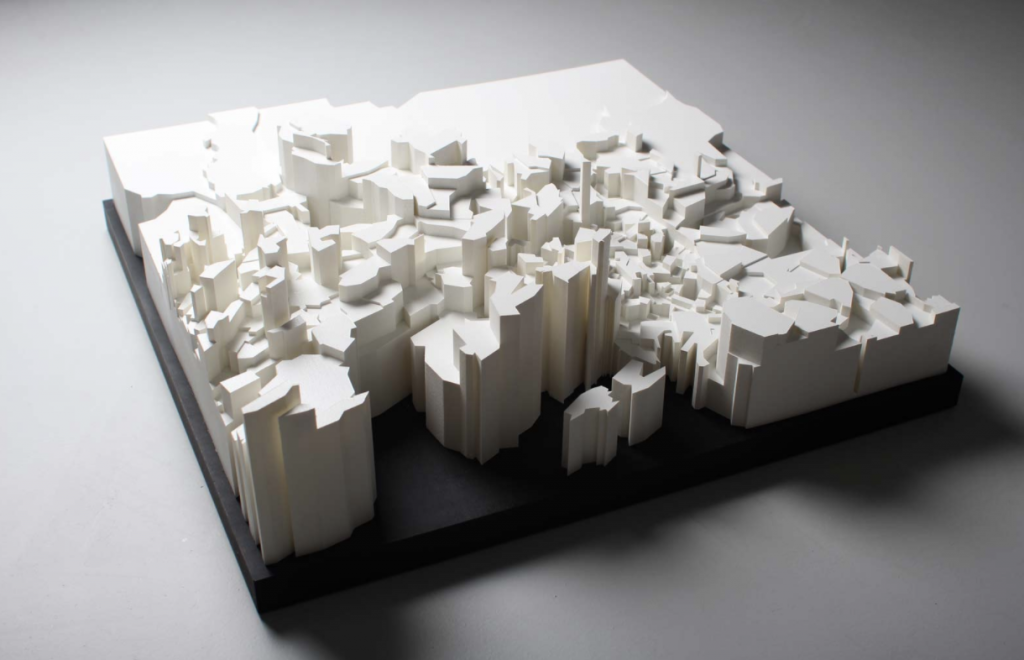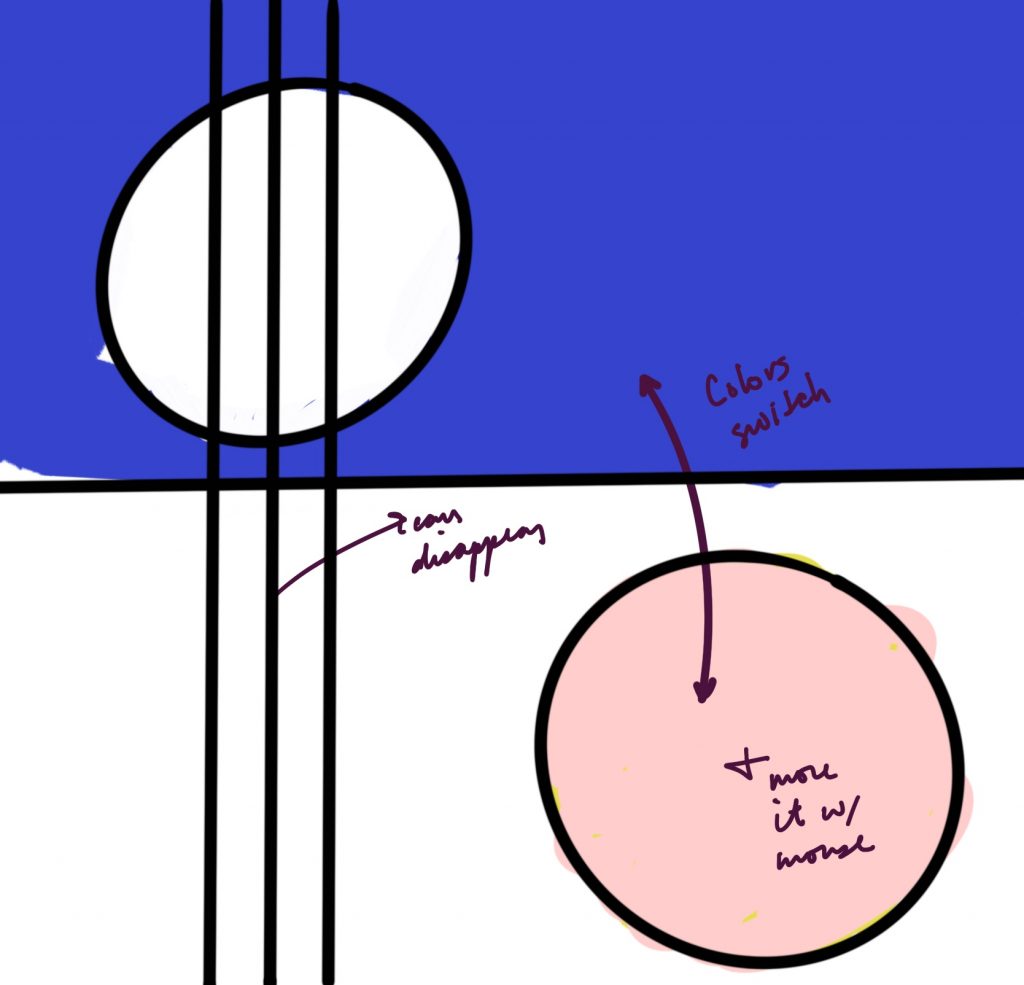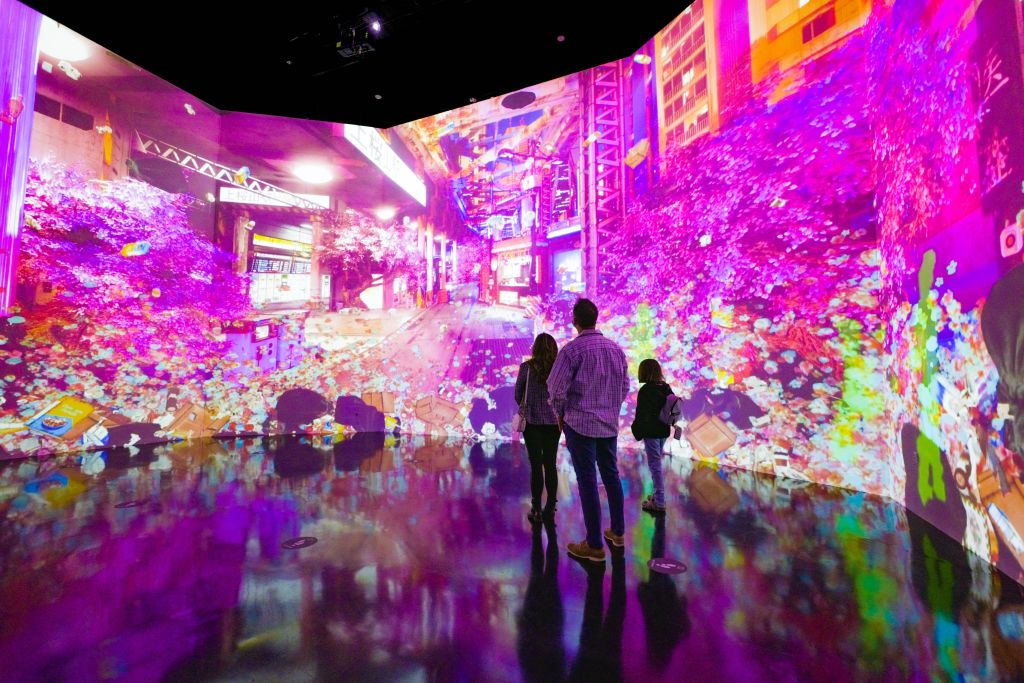//Jacky Lococo
//jlococo
//Section C
var dx1;
var dy1;
var dx2;
var dy2;
var dx3;
var dy3;
var dx4;
var dy4;
var dx5;
var dy5;
var dx6;
var dy6;
var dx7;
var dy7;
var dx8;
var dy8;
var dx9;
var dy9;
var dx10;
var dy10;
var dx11;
var dy11;
var dx12;
var dy12;
var numLines = 50;
var numLines2 = 25;
function setup() {
createCanvas(400, 400);
//peach upper shape
// line(150, 50, 50, 300); //guiding lines to help visualize
// line(250, 50, 350, 300);
dx1 = (50-150)/numLines;
dy1 = (300-50)/numLines;
dx2 = (350-250)/numLines;
dy2 = (300-50)/numLines;
//peach lower shape
// line(150, 350, 50, 100)//guiding lines
// line(250, 350, 350, 100)
dx3 = (50-150)/numLines
dy3 = (100-350)/numLines
dx4 = (350-250)/numLines
dy4 = (100-350)/numLines
//white spiral in the middle of canvas
// line(200, 70, 40, 200); //guiding lines
// line(40, 200, 200, 360);
dx5 = (40-200)/numLines;
dy5 = (200-70)/numLines;
dx6 = (200-40)/numLines;
dy6 = (360-200)/numLines
//burgundy bowtie shape in the back of comp
// line(200, 0, 400, 200) //guiding lines
// line(500, 300, 100, 400)
dx7 = (400-300)/numLines
dy7 = (100-0)/numLines
dx8 = (100-0)/numLines
dy8 = (400-300)/numLines
//top left corner lines
// line(150, 0, 0, 100) //guiding lines
dx9 = (0-150)/numLines
dy9 = (100-0)/numLines
dx10 = (0)/numLines
dy10 = (0)/numLines
//bottom right corner lines
// line(250, 400, 400, 300) //guiding lines
dx11 = (400-250)/numLines
dy11 = (300-400)/numLines
dx12 = (0)/numLines
dy12 = (0)/numLines
}
function draw() {
background(255, 63, 24);
//this is the bowtie shape in the back of the composition
var x7 = 300;
var y7 = 0;
var x8 = 100;
var y8 = 400;
for (var i = 0; i <= numLines; i += 1) {
stroke(80, 13,0)
line(x7, y7, x8, y8);
x7 += dx7;
y7 += dy7;
x8 -= dx8;
y8 -= dy8;
}
//upper peach colored upper curve
var x1 = 150;
var y1 = 50;
var x2 = 350;
var y2 = 300;
for (var i = 0; i <= numLines; i += 1) {
stroke(255, 148, 108)
line(x1, y1, x2, y2);
x1 += dx1;
y1 += dy1;
x2 -= dx2;
y2 -= dy2;
}
//lower peach colored curve
var x3 = 150;
var y3 = 350;
var x4 = 350;
var y4 = 100;
for (var i = 0; i <= numLines; i += 1) {
stroke(255, 148, 108)
line(x3, y3, x4, y4);
x3 += dx3;
y3 += dy3;
x4 -= dx4;
y4 -= dy4;
}
//white spiral in the middle dividing the canvas
var x5 = 200;
var y5 = 70;
var x6 = 200;
var y6 = 360;
for (var i = 0; i <= numLines; i += 1) {
stroke(255, 235, 238)
line(x5, y5, x6, y6);
x5 += dx5;
y5 += dy5;
x6 += dx6;
y6 -= dy6;
}
//upper left corner lines
var x9 = 150;
var y9 = 0;
var x10 = 0;
var y10 = 0;
for (var i = 0; i <= numLines; i += 1) {
stroke(255)
line(x9, y9, x10, y10);
x9 += dx9;
y9 += dy9;
x10 += dx10;
y10 -= dy10;
}
//bottom right corner lines
var x11 = 250;
var y11 = 400;
var x12 = 400;
var y12 = 400;
for (var i = 0; i <= numLines; i += 1) {
stroke(255)
line(x11, y11, x12, y12);
x11 += dx11;
y11 += dy11;
x12 += dx12;
y12 += dy12;
}
//Inner circles, radius decreases by 5 for each
//largest circle
stroke(255)
strokeWeight(1)
fill(80, 13, 0)
ellipse(200, 200, 50, 50)
stroke(255)
strokeWeight(1)
fill(80, 13, 0)
ellipse(200, 200, 45, 45)
stroke(255)
strokeWeight(1)
fill(80, 13, 0)
ellipse(200, 200, 40, 40)
//smallest circle
stroke(255)
strokeWeight(1)
fill(80, 13, 0)
ellipse(200, 200, 35, 35)
noLoop()
}
This project was a little bit difficult, I think I mainly approached it by trying to find patterns within the code given and use that to make any desired shapes. Once I got the hang of the process and why certain numbers were used, it became a lot easier.
![[OLD SEMESTER] 15-104 • Introduction to Computing for Creative Practice](../../../../wp-content/uploads/2023/09/stop-banner.png)



